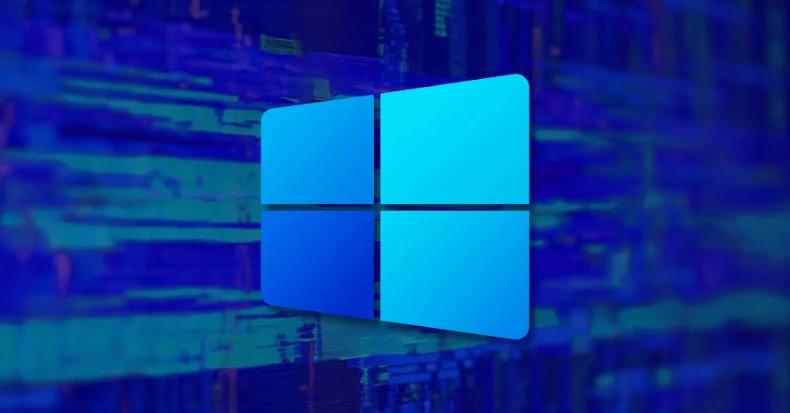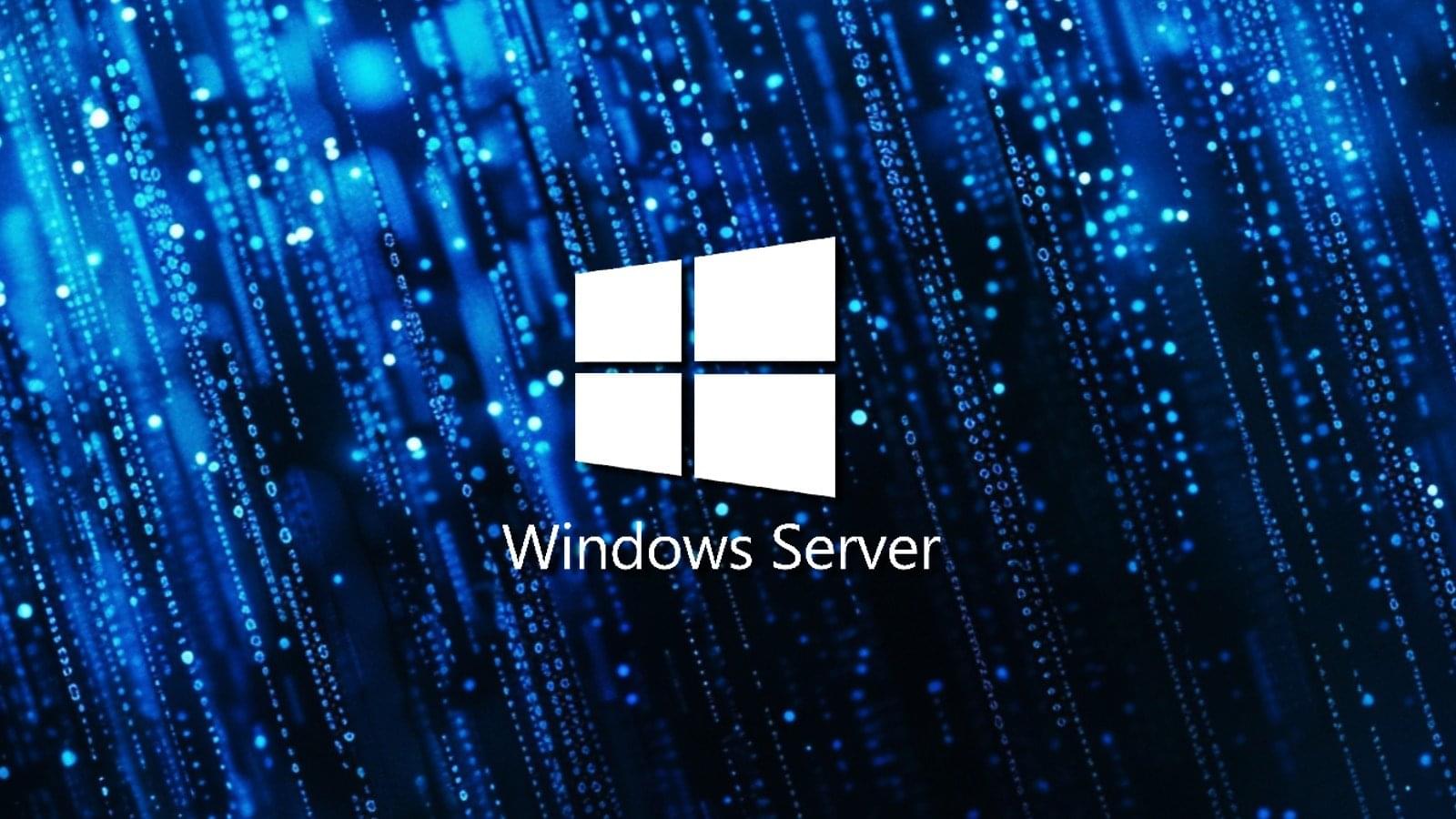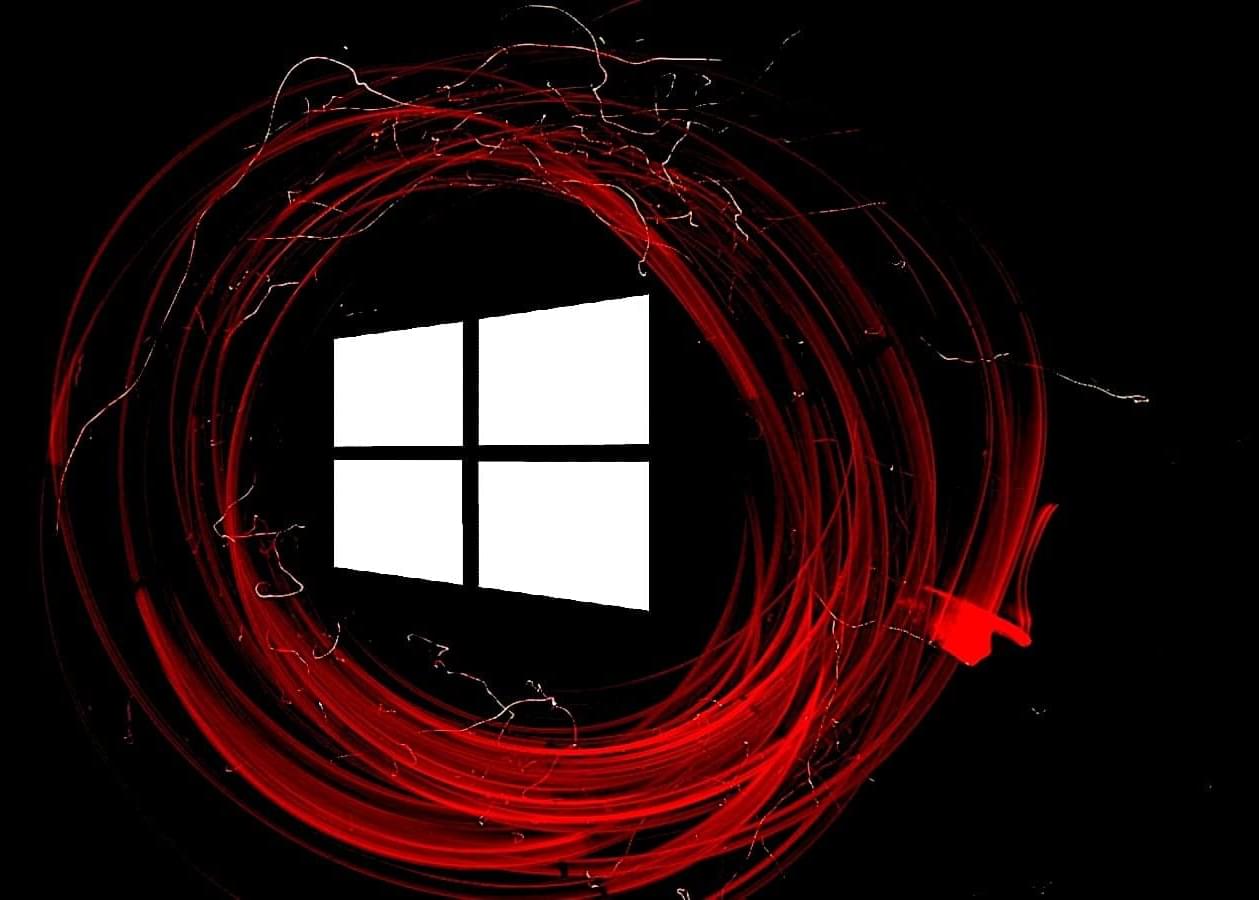Once installed, the malware is designed to launch a core module that’s responsible for loading other plugins embedded in the shellcode into memory. It also comes fitted with a variety of anti-detection and persistence techniques. The activity has not been attributed to any known threat actor or group.
“After the proof-of-concept (PoC) exploit code for the vulnerability was publicly released, attackers quickly weaponized it to distribute ShadowPad malware via WSUS servers,” AhnLab said. “This vulnerability is critical because it allows remote code execution with system-level permission, significantly increasing the potential impact.”
Found this article interesting? Follow us on Google News, Twitter and LinkedIn to read more exclusive content we post.









